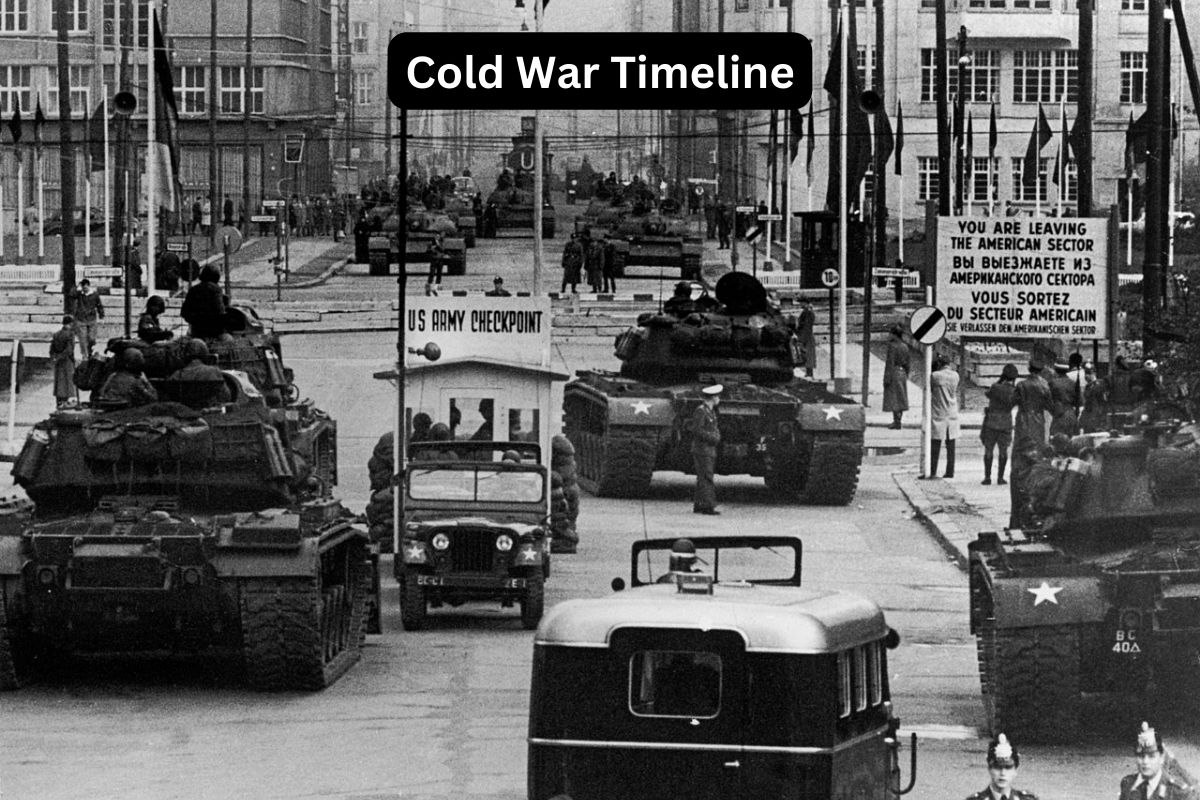The Cold War, spanning roughly from the end of World War II in 1945 to the dissolution of the Soviet Union in 1991, was a period of intense geopolitical tension between the United States and its allies on one side and the Soviet Union and its allies on the other.
It was characterized by ideological, political, economic, and military rivalry, with both superpowers vying for global influence without direct military confrontation.
This article provides a concise overview of some of the most significant events that shaped the course of the Cold War, from the post-war conferences to the fall of the Berlin Wall and the collapse of the Soviet Union.
Understanding these key events is essential for grasping the complexities and impact of this pivotal period in 20th-century history.
| Year | Event |
|---|---|
| 1945 | February 4-11: Yalta Conference July-August: Potsdam Conference |
| 1947 | March: Truman Doctrine June: Marshall Plan |
| 1948 | June: Berlin Blockade and Airlift |
| 1949 | April: Formation of NATO (North Atlantic Treaty Organization) May: Establishment of West Germany and East Germany |
| 1950-1953 | Korean War |
| 1955 | May: Warsaw Pact |
| 1956 | October-November: Hungarian Revolution |
| 1961 | August: Construction of the Berlin Wall begins |
| 1962 | October: Cuban Missile Crisis |
| 1968 | August: Prague Spring |
| 1972 | May: Strategic Arms Limitation Talks (SALT) |
| 1979-1989 | Soviet invasion of Afghanistan and subsequent war |
| 1985-1991 | Mikhail Gorbachev’s leadership in the Soviet Union Fall of the Berlin Wall in 1989 Dissolution of the Soviet Union in 1991 |
Timeline of the Cold War
1945, February 4-11: Yalta Conference
A meeting held in Yalta, Crimea, between the leaders of the United States (President Franklin D. Roosevelt), the United Kingdom (Prime Minister Winston Churchill), and the Soviet Union (Premier Joseph Stalin).
Also Read: Cold War Facts
They discussed the reorganization of post-World War II Europe, including the division of Germany and the establishment of the United Nations.
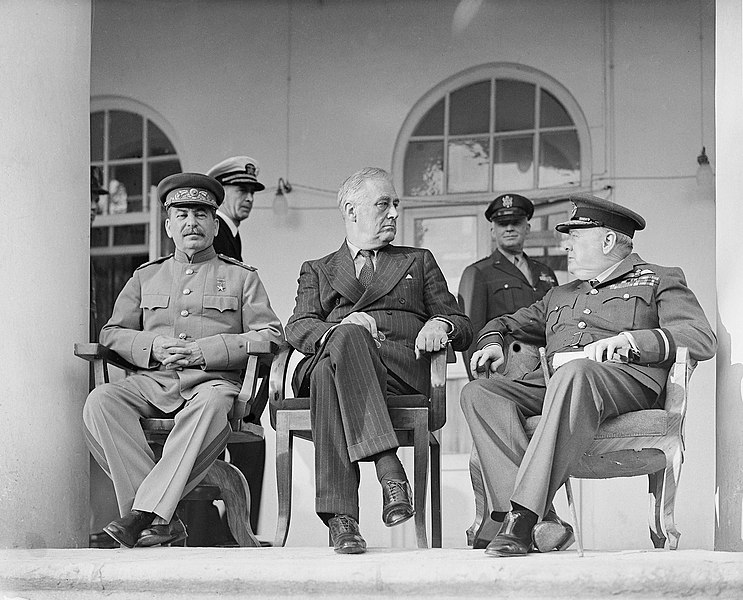
1945, July-August: Potsdam Conference
Another meeting among the Allied leaders, this time in Potsdam, Germany, with new participants – President Harry S. Truman, Winston Churchill (later replaced by Clement Attlee), and Joseph Stalin.
They discussed the post-war order, including the reconstruction of Europe, the treatment of Germany, and the handling of Japan.
1947, March: Truman Doctrine
A policy announced by President Harry S. Truman that pledged support for countries threatened by communism. It marked a departure from the policy of containment and was a significant shift towards an active role in global affairs to prevent the spread of Soviet influence.
1947, June: Marshall Plan
Officially known as the European Recovery Program, it was an initiative proposed by U.S. Secretary of State George Marshall to aid the economic recovery of Western Europe after World War II.
The plan offered substantial financial assistance to help rebuild war-torn European economies, with the goal of stabilizing the region and preventing the spread of communism.
1948, June: Berlin Blockade and Airlift
The Soviet Union blockaded West Berlin, cutting off all land and water access to the city in an attempt to force the Western Allies out of the city.
Also Read: Soviet Union Timeline
In response, the Allies organized a massive airlift to supply West Berlin with food, fuel, and other necessities, which lasted for nearly a year.
This event underscored the determination of the Western powers to defend their interests in Europe against Soviet aggression and marked a significant early crisis of the Cold War.
1949, April: Formation of NATO (North Atlantic Treaty Organization)
NATO was established as a military alliance between North American and European countries to counter the threat posed by the Soviet Union and the Eastern Bloc countries. The treaty provided for collective defense, with member states agreeing to mutual defense in response to an attack by any external party.
1949, May: Establishment of West Germany and East Germany
Following the division of Germany after World War II, West Germany (officially the Federal Republic of Germany) and East Germany (officially the German Democratic Republic) were formally established as separate states.
West Germany aligned with Western democracies, while East Germany became a communist state under Soviet influence.
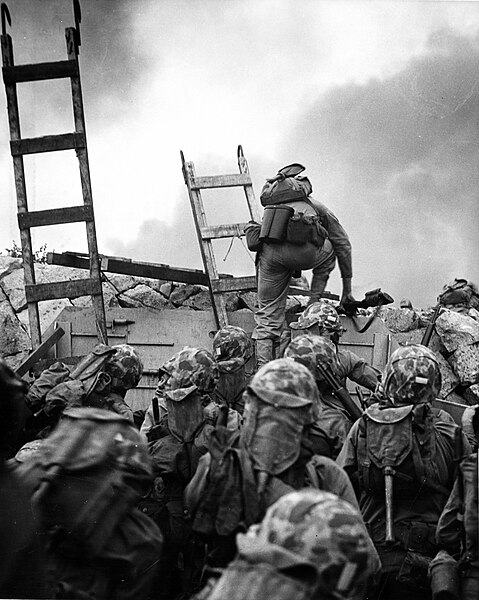
1950-1953: Korean War
The Korean War began when North Korean forces, supported by China and the Soviet Union, invaded South Korea.
The conflict escalated into a full-scale war involving the United Nations, primarily led by the United States, supporting South Korea against the communist aggression. The war ended in an armistice in 1953, with Korea remaining divided along the 38th parallel.
1955, May: Warsaw Pact
The Warsaw Pact was established as a military alliance between the Soviet Union and its satellite states in Eastern Europe, including Albania, Bulgaria, Czechoslovakia, East Germany, Hungary, Poland, and Romania.
It was formed in response to the creation of NATO and served as a means for the Soviet Union to maintain control over its Eastern European allies and counterbalance the Western alliance.
1956, October-November: Hungarian Revolution
The Hungarian Revolution of 1956 was a nationwide revolt against the government of the Hungarian People’s Republic and its Soviet-imposed policies.
It began as a student demonstration in Budapest and quickly spread across the country, with demands for political reform and the withdrawal of Soviet forces.
The revolution was brutally suppressed by Soviet military intervention, resulting in thousands of deaths and a reaffirmation of Soviet control over Hungary.
1961, August: Construction of the Berlin Wall begins
The Berlin Wall was erected by East Germany to separate East Berlin from West Berlin and prevent the defection of East Germans to the West.
Construction began on August 13, 1961, and the wall remained in place until its eventual fall in 1989. The Berlin Wall became a potent symbol of the division between East and West during the Cold War.
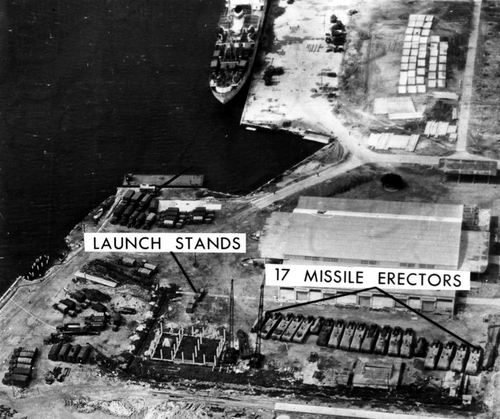
1962, October: Cuban Missile Crisis
The Cuban Missile Crisis was a 13-day confrontation between the United States and the Soviet Union over Soviet ballistic missiles deployed in Cuba. The crisis brought the two superpowers to the brink of nuclear war and is considered one of the most dangerous moments of the Cold War.
It ended with a negotiated settlement in which the Soviet Union agreed to remove its missiles from Cuba in exchange for the United States pledging not to invade Cuba and secretly agreeing to remove its missiles from Turkey.
1968, August: Prague Spring
The Prague Spring was a period of political liberalization and reform in Czechoslovakia led by Alexander Dubček, the First Secretary of the Communist Party of Czechoslovakia.
It aimed to create “socialism with a human face,” introducing political and economic reforms such as freedom of speech and assembly.
However, the Soviet Union and its Warsaw Pact allies, fearing the loss of control over Czechoslovakia, invaded the country in August 1968, crushing the reform movement.
1972, May: Strategic Arms Limitation Talks (SALT)
The Strategic Arms Limitation Talks were a series of negotiations between the United States and the Soviet Union aimed at limiting the proliferation of nuclear weapons.
The first round of talks, known as SALT I, resulted in the signing of the Anti-Ballistic Missile (ABM) Treaty and the Interim Agreement on the Limitation of Strategic Offensive Arms.
These agreements established limits on the number of strategic nuclear weapons each side could deploy and helped ease tensions between the two superpowers.
1979-1989: Soviet invasion of Afghanistan and subsequent war
In December 1979, the Soviet Union invaded Afghanistan to support the communist government against insurgent groups.
The Soviet intervention led to a decade-long conflict known as the Soviet-Afghan War, during which Afghan resistance fighters, known as the mujahideen, received support from various countries, including the United States.
The war ended in 1989 with the withdrawal of Soviet troops, but it left Afghanistan devastated and contributed to the eventual collapse of the Soviet Union.
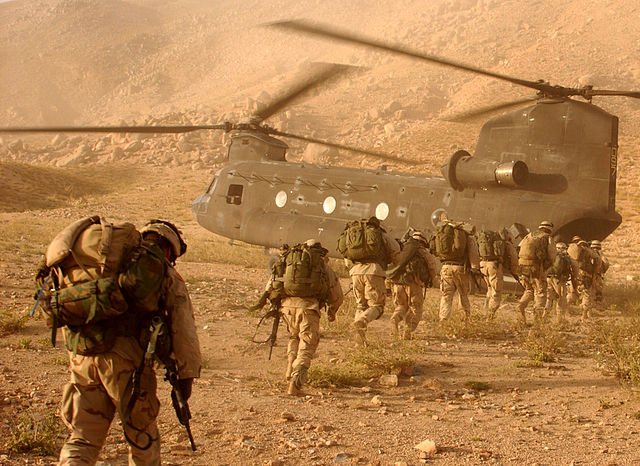
1985: Mikhail Gorbachev’s leadership in the Soviet Union
Mikhail Gorbachev became the General Secretary of the Communist Party of the Soviet Union in 1985. He introduced a series of political and economic reforms known as glasnost (openness) and perestroika (restructuring), aimed at revitalizing the Soviet system.
Gorbachev’s reforms led to greater political freedom, openness in society, and attempts to restructure the Soviet economy. However, they also unintentionally accelerated the dissolution of the Soviet Union.
1989, Fall of the Berlin Wall
The Berlin Wall, which had divided East and West Berlin since 1961, fell on November 9, 1989. The fall of the wall symbolized the end of the Cold War division in Europe and paved the way for German reunification.
1991, Dissolution of the Soviet Union
The Soviet Union officially dissolved on December 26, 1991, marking the end of the Cold War era. The dissolution occurred after a series of events, including political and economic reforms initiated by Gorbachev, nationalist movements in the Soviet republics, and the failed August Coup attempt by hardliners opposed to Gorbachev’s reforms.
